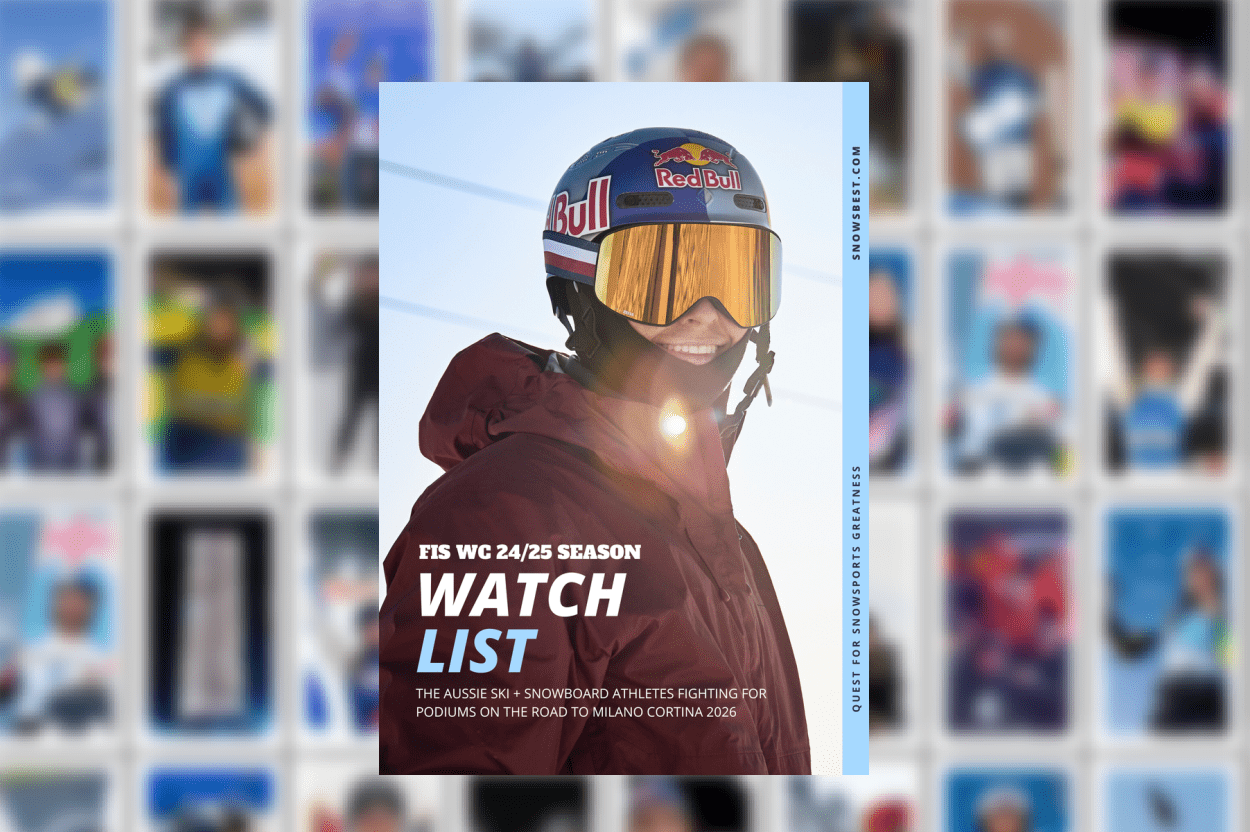There’s a lot of talk about avalanches in Japan, or the perceived lack of them due to dry snow and lesser pitch. We’re here to set that record straight.
Sadly Japan traditionally has around five recreational avalanche deaths a year. In 2005/2006 winter this number was 19. World Champion skier, Kyle Smaine, died in an avalanche in Hakuba backcountry in Japan last year and three people died in three different incidents in one single week in 2020 while eight people were caught in an avalanche in Tomamu backcountry, also in 2020.
But rather than listen to us we went straight to Canadian Dave Enright, Executive Director and Chief Guide at Evergreen Outdoor Centre in Hakuba. They run avalanche training courses, guide backcountry tours and consult on avalanche safety.
He’s had 28 seasons in Hakuba – ski patrolling for five, ski guiding for 23, a season of avalanche forecasting and control work while opening up Tsugaike’s off piste Tsuga Pow Zone. He’s set off many avalanches with explosives, ski cuts, cornice collapse, and watched both natural avalanches and accidental ski triggering of avalanches.
In short, he knows his stuff.
“If the snow angle is 25 degrees or greater then avalanches can happen,” says Enright.
“I have dug people out of avalanches and had to tell mothers and fathers that their loved ones were dead due to these sons riding out of bounds without the proper training, guidance or safety gear.
“I have had friends as well as friends of friends die in avalanches here in Japan.
“Trust me, Japanese avalanches kill people.”
We asked Dave to answer some pertinent questions so we can all be safer, rather than complacent, when skiing and boarding in Japan’s backcountry.
What’s the biggest danger skiers/boarders face in Japan backcountry?
“Honestly the biggest danger in the backcountry is inexperienced riders who feel that they are entitled to enter the mountains. Why I say this is because even if they think they are at an ability to ride steep terrain they are usually not prepared for all conditions and hazards present in the out of boundary areas.
“They do not have a trained eye to recognise avalanche start zones or the potential for run out due to their actions. This means that they are not only a hazard to themselves and their companions but to other more experienced backcountry users that may have increased hazard due to the overhead hazard caused by those less experienced walking or skiing / riding on avalanche start points above.
“There still are many people dropping into large side country bowls in alpine like terrain like Happo, Steep below tree line terrain in other areas of Hakuba with no safety gear (transceiver, probe, shovel, helmet) obviously no training for these people as well and no First Aid gear, no extra gear like spare gloves, insulation layers, tools, skins or snowshoes, headlamps or emergency rations.
“These people most of the time do not know where they are going and are following tracks or others and therefore often do not know the terrain, snow conditions, weather or Avalanche forecast.”
Are avalanches different in Japan to North America or Europe?
“Nope, they are indiscriminate killers.
“Of course every snowpack has differing problematic layers, snow crystals and characteristics but at the end of the day slab avalanches happen in genuinely tensioned and unsupported terrain, often during or right after a storm and sometimes are the result of a deep persistent weakness that wakes up due to rapid load, rapid temperature increase or persistent cold clear weather and shallow snow pack which often increases faceting within the snowpack. They might be Dry, Wet or Slush avalanches at the surface or to the ground.
“In Japan, I think that when looking at region there is a higher chance in areas that have steep unsupported alpine terrain, like the Japanese Northern Alps than lower angle terrain like Aomori and Hokkaido. Very General statement as there is a percentage of lower angle BTL terrain in the Northern Japanese Alps and a percentage of steeper Alpine like terrain in Aomori and Hokkaido.”
How do you know if a guide is qualified to read snow conditions and avalanche conditions in Japan?
“Ask what association they are certified with, what weak layers they are tracking and what type of rescue support they have from their base and how they are communicating with them pre or at the time of an emergency.”
What do you as a skier/boarder need to know before venturing backcountry in Japan?
“In my opinion at least one person in your group should have Advanced Avalanche Safety Training from a certified guide and/or professional organisation like Avalanche Canada. I would then suggest that everyone else should have at least a basic Avalanche Safety Training, have the skills and knowledge of how to use their emergency gear and the experience to travel safely through avalanche terrain.
“How do you get this experience? By going with more experienced partners or by hiring a professional guide from a local outfit.”
What is the best avalanche resource site in Japan?
“Japan Avalanche Network provides timely bulletins for many areas within Japan but these reports can never be taken as 100% correct as they are a human judgement on a natural phenomenon.
“The mountains don’t set the hazard rating and they don’t care whether you are experienced or a first timer…but the mountains will provide you with all the information you need to be safe in the backcountry as long as you observe and take note of these signs.
“If the signs are telling you that there is instability then don’t go into avalanche terrain, if you are unsure what is avalanche terrain don’t go outside ski area boundaries or hire a professional guide to lead you safely in and out of the backcountry.”


































